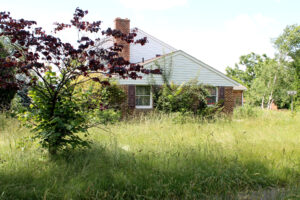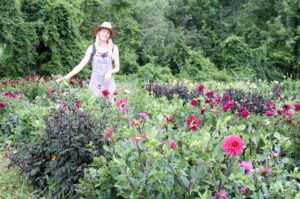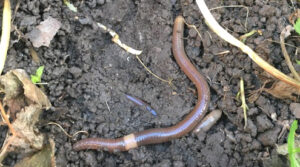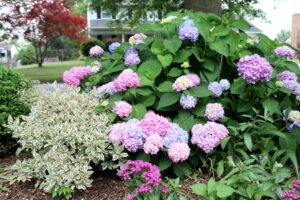So How Do Those Controversial New Purple Tomatoes Grow and Taste?
September 24th, 2024
I’ve been eating dozens of bioengineered purple-fleshed fruits of the new Purple Tomato for two months now, and so far I can report that I’m not taking on any snapdragon characteristics.
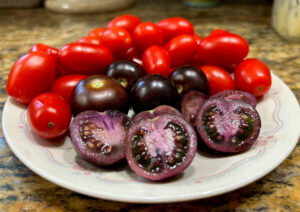
The Purple Tomato really is purple inside and out… not just purple-skinned.
I say that facetiously because this first-year variety is controversial for being the first bioengineered or “GMO” (genetically modified organism) vegetable being directly marketed to home gardeners – one that gets its purple color from genes inserted from a purple snapdragon.
It’s been a wild first year for the Purple Tomato, which went on sale in late winter and promptly sold out its entire 2024 seed supply in four weeks – 13,000 packets worth. That was despite a high price tag of $20 for a 10-seed pack.
Then the company selling Purple Tomato seeds, California-based Norfolk Healthy Produce, got into a dispute with Baker Creek Heirloom Seeds over a very similar new “incredibly sweet” purple cherry tomato that Baker Creek was touting on its catalog back cover.
Baker Creek called its Purple Galaxy introduction “the first – and the purple-est – non-GMO purple tomato in the universe,” a claim that struck a chord with the many gardeners who are roundly anti-GMO.
However, when Norfolk pointed out that Purple Galaxy likely was its own patented Purple Tomato in disguise, Baker Creek did further testing and then yanked Purple Galaxy from its inventory before actually shipping any.
A Baker Creek statement said the company was “unable to conclusively establish that the Purple Galaxy does not contain any genes that have been genetically modified.”
Baker Creek said it had acquired its seeds from a hobby breeder in France – where GMO vegetables are banned – and claimed that its original testing showed none of the common markers for GMO.








